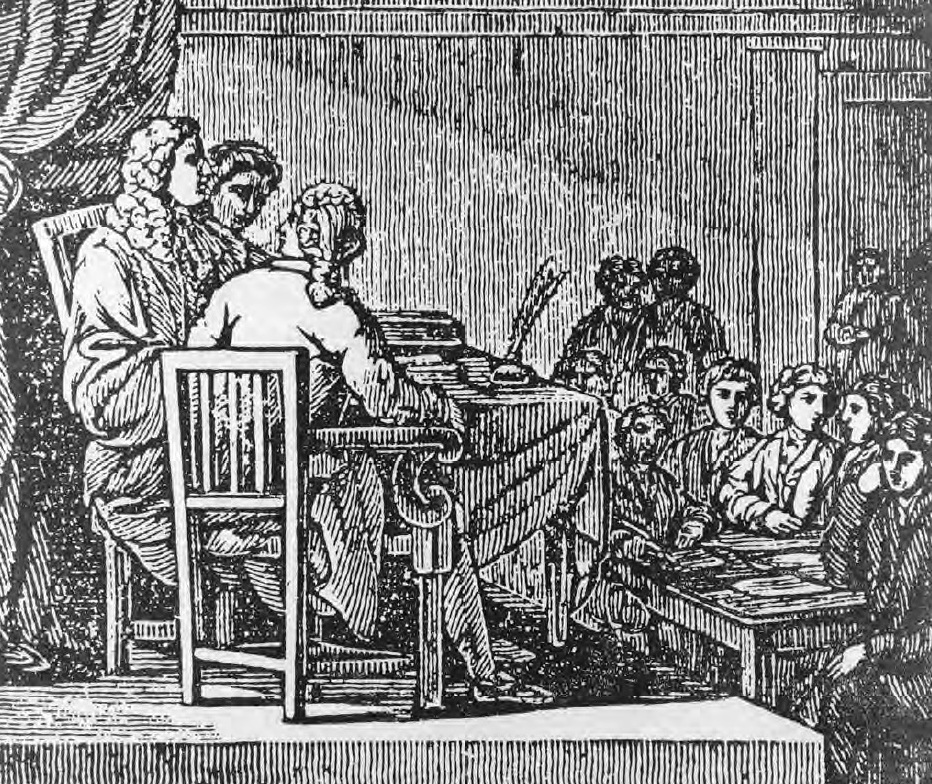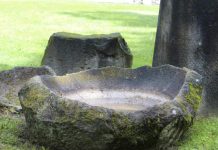The first permanent English settlement in the North America Jamestown was founded on a peninsula protruding from the north bank of the James River in eastern Virginia. The settlement served as the epicenter of colonial Virginia and played an important role in conflicts between and among Europeans and Native Americans between 1607 and 1699.
Interestingly, Jamestown (or James Town, as it was originally known) was a privately financed venture with a decidedly military flavor. It was established on May 14, 1607, by 104 settlers of the Virginia Company of London and derived its name from King James I. Investors hoped the colonists, carried aboard the ships Susan Constant, Godspeed, and Discovery, would either trade with or quickly conquer local Native American tribes and or discover valuable metals as a means of returning immense riches to England. Yet they feared the colony would provoke an attack by Spain, which claimed all of North America as its own.
The investors, therefore, included a number of former soldiers among the colonists and ordered Captain Christopher Newport to choose a site for Jamestown that was both hidden and easily defensible. Newport selected a peninsula five miles upstream of what settlers named the James River on terrain connected to the mainland by a very narrow neck of land. This site provided an obstacle to the landward approaches of Native Americans and made the new hamlet accessible to seagoing ships while keeping it far enough from the open ocean to avoid arousing the suspicion of passing Spanish ships.
Unfortunately, Jamestown had few other geographic advantages. The land was low and marshy, infested with the disease-carrying mosquitoes, and so close to the ocean that the adjacent river was a brackish, swirling stew of salt and fresh water that stagnated close to shore. Because colonists dumped their waste into and drew their drinking water from the river in the same places, dysentery and other ailments ran rampant.
In fact, only 38 of the original 104 settlers survived the first nine months. And even though novel immigrants arrived to keep Jamestown going, colonists died so swiftly that by 1610 only 60 out of 220 people who had here from England were still alive. In addition, the early settlers were disproportionately gentlemen who hoped to get rich quickly and had no interest in working. They hunted and planted far too little to provide enough food for the winter, so that those who endured the heat, insects, and disease of the summer months often froze or starved to death the following winter.
Predictably, these abysmal conditions led to enormous infighting and desperation, which combined with racism to drive many colonists to mistreat nearby Native Americans whose gifts of food were the only reason some settlers survived. Captain John Smith famously brought order to the colony by imposing military discipline and forcing colonists to work six hours a day in 1608 and 1609. He also attempted to stay on good terms with the local Powhatan Confederacy.
All of this proved a brief respite, on the other hand, for his harsh measures provoked a revolt that, along with Smith’s injury in an explosion, drove him from Jamestown and allowed the colony to descend into the “Starving Time” of 1609–1610. So many settlers died that Jamestown was for a short time abandoned in the spring of 1610. When they encountered a relief expedition in the Chesapeake Bay, the colonists returned and submitted to martial law under Government and Thomas Dale.
Thomas Gates, but long-term success came only after the discovery of tobacco as a money-making export, the establishment of a headright system that allowed private individuals to work their own farms, and a gradual inland movement of settlers that took them away from the disease-infested coast. As a military position, Jamestown started without fortifications of any kind, but after a raid by Native Americans in May 1607, the settlers built palisades made of upright logs and a triangular fort with turretlike emplacements for artillery at the corners.
This was the first of many English forts in North America, and it served as a base during the first (1610–1614) and second (1622–1632) wars against the Powhatans and as a haven from attacks by other tribes such as the Kecoughtans, the Appomattocks, the Rappahannock, and the Paspaheghs. These Native American attacks were occasionally widespread, as evidenced by a colony-wide assault that left 347 settlers dead on March 22, 1622, and another in 1644 that killed more than 400.
In each case, the English exacted terrible retribution, as in 1623 when 402 Jamestown lured 250 natives to their deaths with the promise of peace talks. Over time, the relentless influx of English settlers, their steady movement westward, catastrophic loss of habitat for wild game, and deliberate crop destruction by colonial forces destroyed Native American influence in the region. The Algonquin tribes, for example, were abridged from an estimated population of 24,000 in 1607 to just 2,000 by 1669, and by the latter half of the 17th-century tribes were forced to either accept English dominance or flee elsewhere.
As the center of economic power shifted inland, Jamestown gradually declined in importance. It was completely burned during Bacon’s Rebellion in 1676 and then shattered yet again by an accidental fire in 1699. At that time, a new capital for Virginia was established at Williamsburg, and Jamestown lay virtually abandoned thereafter.
Read More – Wamsutta (Alexander) – Leader of the Wampanoag Natives








